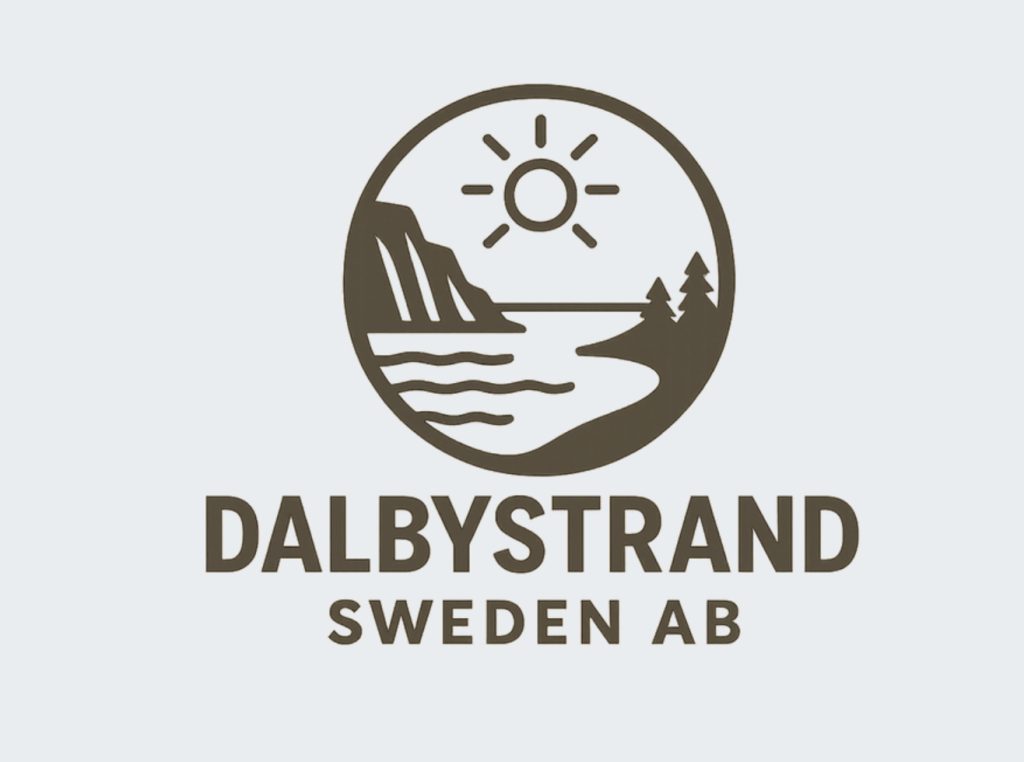Smoke-free nicotine alternatives are gaining momentum across Europe, with nicotine pouches emerging as one of the fastest-growing product categories. According to a forecast by the market research firm Business Market Insights, the European nicotine pouch market is expected to reach approximately €1.06 billion by 2030, growing at an annual rate of 6.2% between 2022 and 2030.
Nicotine pouches are small, smokeless sachets containing nicotine—either synthetic or derived from tobacco—and flavorings. A report by the European Parliament notes that these products have been available since 2016. In 2021, they were used by only 0.3% of the European adult population. However, usage is projected to triple by 2025, potentially reaching 0.9%, with market value expected to double.
Currently, sales are concentrated in Nordic and Eastern European countries, with Sweden, Hungary, and Denmark representing the largest markets.
Lack of EU-Level Regulation
Although the EU prohibits the sale of tobacco products for oral use, this restriction does not extend to nicotine pouches, which are not currently covered under the European Tobacco Products Directive (TPD) of 2014. The TPD regulates traditional tobacco products and some new tobacco products, but nicotine pouches fall outside its scope.
This regulatory gap has led to debates in Brussels about the need for a harmonized EU-wide approach. While some policymakers advocate for strict regulation, including taxation and advertising controls—others argue that an outright ban would undermine tobacco harm reduction strategies by limiting access to safer alternatives.
Different states, different policies
Thus far, in absence of EU-wide regulation, member states have taken different approaches: from banning to allowing them to be sold without any restrictions. Some countries have classified them as food products, while others consider them to be medical or tobacco items.
In 2025, France joined countries including Germany, Belgium, Netherlands and Luxembourg to ban nicotine pouches sales. And in Latvia, tobacco products, including nicotine pouches, cannot be sold to persons under 20. In the Czech Republic persons under 18 are banned from buying nicotine pouches.
Other countries, like Finland, Austria, Hungary have implemented restrictions regarding flavors, nicotine concentration and advertising. Meanwhile, nicotine pouches are legal in many countries, like Poland, Sweden, and the United Kingdom.
Conclusion
It is still unclear which direction the EU will move. They can chose going for a complete ban on nicotine pouches, like with tobacco snus. Or perhaps they can be persuaded to focus on smoking cessation. It has long been proven that smoke-free products are safer alternatives for smokers.
Sweden’s experience with snus (Sweden has the lowest smoking rate in the EU) should serve as a case when making decisions on nicotine pouches as it is one of the alternative products that can help contribute to the success of the tobacco harm reduction strategy.
/Arpine




